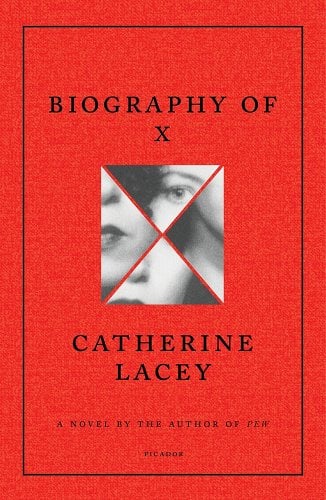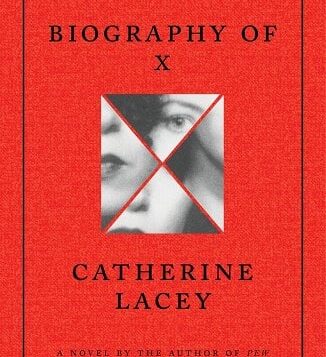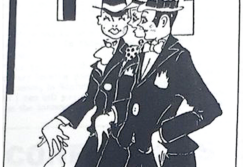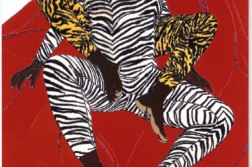 BIOGRAPHY OF X: A Novel
BIOGRAPHY OF X: A Novel
by Catherine Lacey
FSG. 416 pages, $28.
CATHERINE LACEY’S new book, Biography of X, is an innovative novel chronicling the life of an influential, outré, fictional performance artist named X, narrated by her grief-stricken widow, an investigative reporter, CM Lucca, who is contemplating suicide. Angered by a recent unauthorized biography of X written by a man who never even met her, CM decides to write her own “corrective” biography of X. She embarks on a decade-long journey beginning after X’s death in 1996, delving into her life to find out where she came from and who she was. As CM uncovers a myriad of X’s personæ, her wife emerges as a near-mythical woman possessing an “uncommon brutality” who seemed to be everywhere all at once. X’s contributions to art and culture from 1972 to her death border on fantastical, an artist portrayed as an unrivaled creator of music, performance art, painting, photography, and literature.
Monica Carter, the national program director for LGBTQ Writers in Schools, is based in Bennington, VT.







